Research progress on microbial silage additives
Silage biological additives have attracted much attention because of their advantages such as no pollution, easy operation, and no corrosion, which are superior to chemical additives. In recent years, domestic and foreign experts have made more and more research and exploration on biological fermentation-promoting silage additives. According to reports, Sweden, Norway, the United States, Canada and other countries have conducted extensive research on silage corn bacterial starter, and it is generally believed that the effectiveness of biological agents depends on the content of sugar and dry matter in silage raw materials, the type of bacteria, and bacterial activity. The dosage and method of the bacterial starter, the balance of the treatment, the type of the storage, and the silage process. Many experts have also shown that in order to improve the effect of inoculum, a small amount of enzyme preparation is added to the inoculum, and combined with a small amount of sugar and starch, it can promote fermentation, decompose plant cell walls, fully release nutrients, and receive good results. Silage effect. Researchers in China have also made significant progress in the research of biological silage additives.
First, the concept of microbial silage additives
Microbial silage additive, also known as silage inoculant, bio-silage, silage starter, lactic acid bacteria inoculant, is a kind of microbial live bacteria additive specially used for feed silage. It consists of one or several lactic acid bacteria, enzymes and some nutrients. It aims to regulate the microflora in silage, regulate the silage fermentation process, promote the proliferation of lactic acid bacteria, produce lactic acid faster, and promote the conversion of polysaccharide and crude fiber. Thereby effectively improving the quality of silage. Silage additive is one of the important measures to improve the quality of silage. In recent decades, people have done a lot of research on the application of additives in silage technology, and made important progress, which has become the focus of silage technology development. The main purpose of using additives is to rapidly reduce the pH value of silage, promote the fermentation of lactic acid bacteria, inhibit microbial flora that is not conducive to silage fermentation, reduce the loss of nutrients, and improve the quality and production performance of silage.
Second, the types and characteristics of silage additives
Silage additives can be divided into biological additives and chemical additives according to their functions. According to their properties, they can be divided into enzymes, acids, non-protein nitrogens, bacterial inoculants, etc. The effects of additives on fermentation can be divided into fermentation accelerators and fermentation. Inhibitors, aerobic deterioration inhibitors, nutrients, absorbents, and the like. Fermentation promoters have been the focus of research in the past 30 years. They mainly include lactic acid bacteria, enzyme preparations and sugars. Lactic acid bacteria are the hotspots in research.
Lactic acid bacteria belong to the family Lactobacillaceae of the Eubacteriac Eubacteriales. Lactic acid bacteria can be divided into bacilli, cocci and irregular obligate anaerobic bacteria according to their shape. According to the ability of the fermented sugar to produce acid, it is divided into two types, one is the same-type fermented lactic acid bacteria for promoting fermentation, such as Lactobacillus plantarum, Enterococcus faecium, Pediococcus spp, etc.; It is a microbial-type fermented lactic acid bacteria that improves the aerobic stability of silage, mainly Lactobacillus buchneri and propionic acid bacteria. These inoculums may be used singly or in combination or in combination with an enzyme preparation.
Fermentation of lactic acid bacteria by homozygous lactic acid bacteria produces only lactic acid, fermenting one molecule of glucose to produce two molecules of lactic acid, and heterotypic fermentation of lactic acid bacteria to produce glucose can produce various fermentation products, such as lactic acid, acetic acid, ethanol, carbon dioxide, etc., fermentation of one molecule of glucose can only produce 1 Molecular lactic acid. The latter is far less efficient at converting lactic acid than the former, and can only reach 17% to 50% of the former, and the latter is highly prone to D-type lactic acid which is not easily metabolized by livestock. Theoretically, homofermentative lactic acid bacteria are more effective than lactic acid bacteria in the production of lactic acid and silage.
Third, the screening conditions of microbial silage additives
Microbial silage additives must have a large amount and strong vitality in the process of preparing silage, in order to exert their biological effects. Therefore, how to screen out lactic acid bacteria with strong vitality and strong epigenetic ability is the key to preparing excellent additives. Wootford (1984) and others proposed that the conditions that must be met as an ideal inoculation inoculum include the following: First, the growth is strong, and can overcome the various flora attached to the crop itself; second, the same type of fermented lactic acid bacteria can Produce a large amount of lactic acid in a short period of time; third, acid resistance, can quickly reduce the pH value; fourth, can widely use a variety of soluble sugars, such as glucose, fructose, sucrose, fructan, especially pentose; fifth, Does not make sucrose produce dextran; sixth, does not make mannitol to produce mannitol; seventh, does not degrade organic acid; eighth, can adapt to a larger temperature range and various growth conditions; ninth, the ability to hydrolyze proteins Must be in the form of powder or granules and stable storage.
Copper End Feed Fitting(EN 1254)
Copper End Feed Fitting(EN 1254)
Copper end feed fitting is a kind of up-to-date.healthy.eco-friendly and safe pipeline.
Suit Medium:Cold Water, Hot Water, Compressed Air, Gas, Oil Etc
Press tool: Novopresse
Proper temperature: -20°C up to 120 °C (for drinking system and sanitary ware systems), 180 °C for solar applications
Pressure: up to 1.6mpa (16bar)
Areas of use: Drinking water, heating, rainwater, solar systems, fire extinguishing systems, sprinkler systems(wet), ship building, inter gases, cooling water pipes, compressed air(oil free),boiler, water heater
Press fitting range:
Coupling -- Straight coupling FF press, Reducing coupler FF press, Fitting reducer MF press
Elbow -- Bend 90°FM press, Bend 90°FF press, Bend 45°FM press, Bend 45°FF press
Tee -- Equal tee FFF press , Reducing tee FFF press
Other fittings -- Endcap press, Full crossover FF press, Partial crossover FM press, wallplate Elbow press
Our Advantages
* Free sample: we can provide a few free sample for evaluation.
* After-sales service: we provide after-sales technical support for clients.
* Strict Quality control: we have 100% inspection before delivery to ensure every pieces are in good quality
Production and package
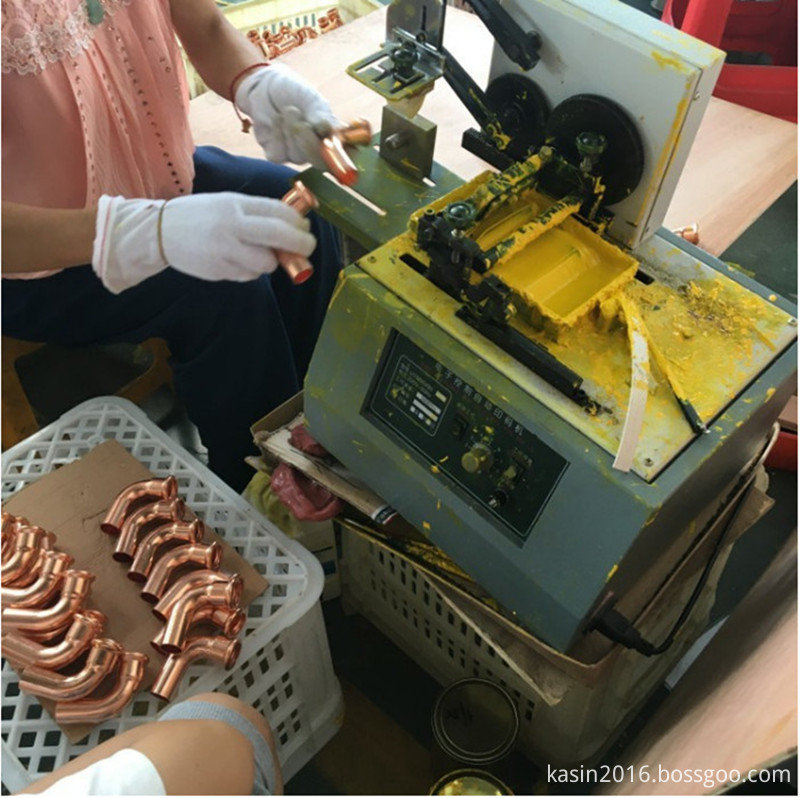
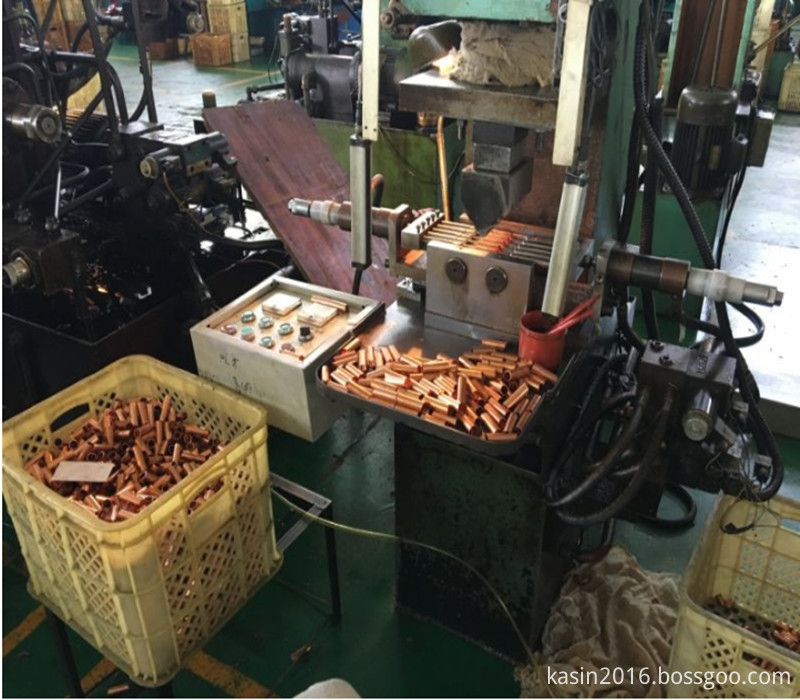
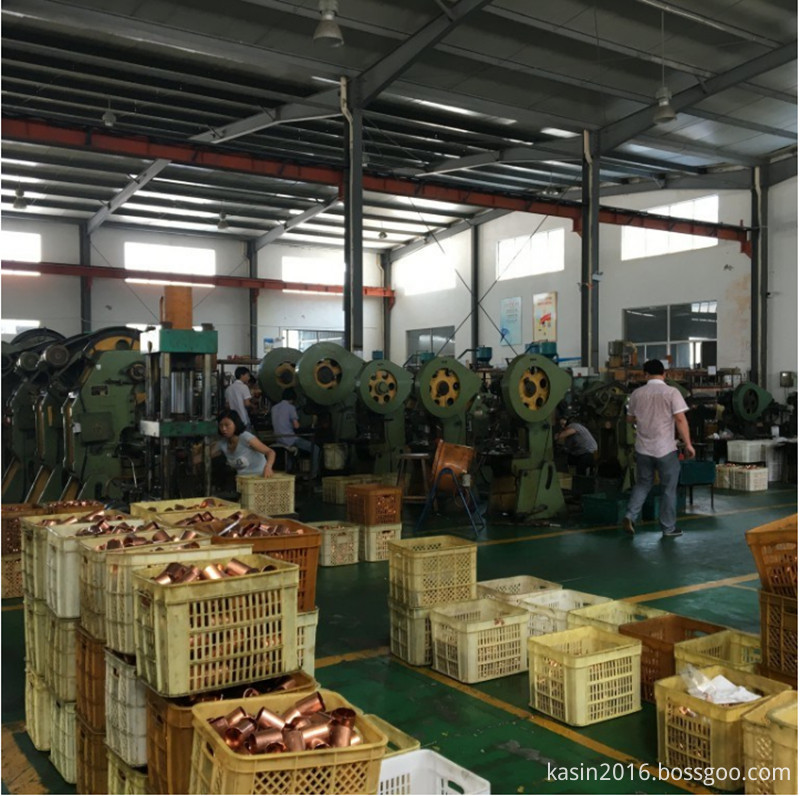

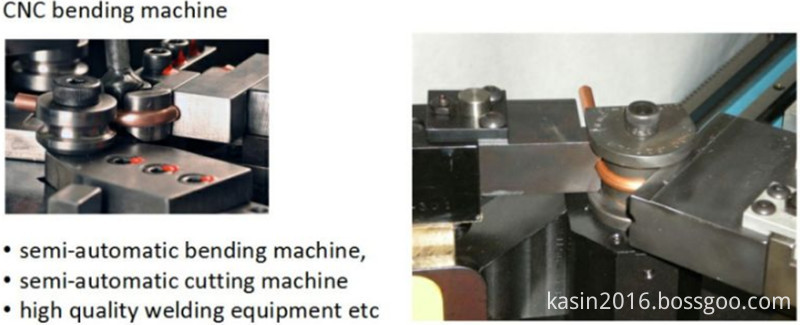
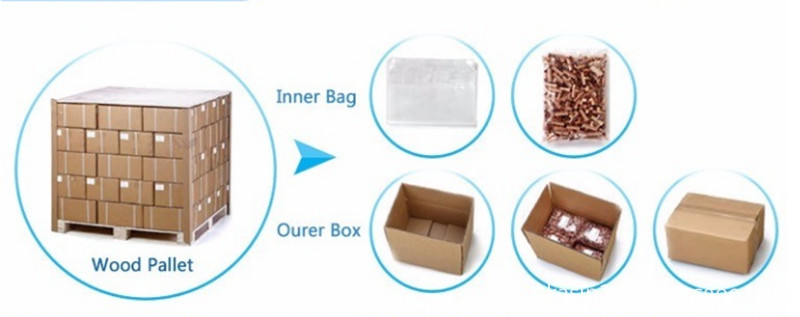
Factory
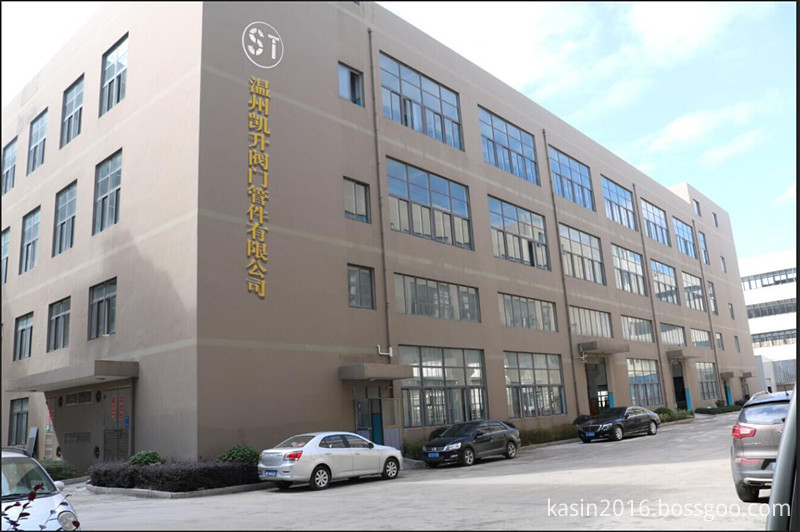
Copper End Feed Fitting(EN1254)
Copper End Feed Fitting,Copper End Feed,Copper Socket Weld Tee,Copper Equal Coupling
WENZHOU KASIN VALVE PIPE FITTING CO., LTD. , http://www.kasinpressfitting.com
